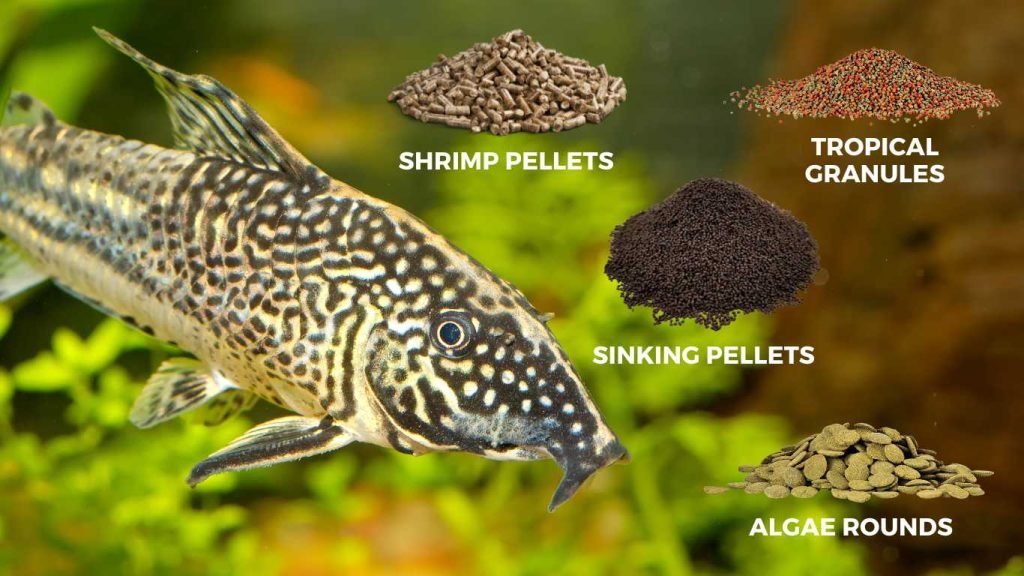Fish
Corydoras Diet Guide: What Do Corydoras Eat?
If you’re a fish enthusiast and have recently added corydoras to your aquarium, you may be wondering, “What do corydoras eat?” These charming bottom-dwelling fish have specific dietary needs that are crucial for their health and well-being. In this guide, we’ll explore the corydoras diet and provide you with valuable insights on what to feed these fish.
Core Insights to Corydoras Diet:
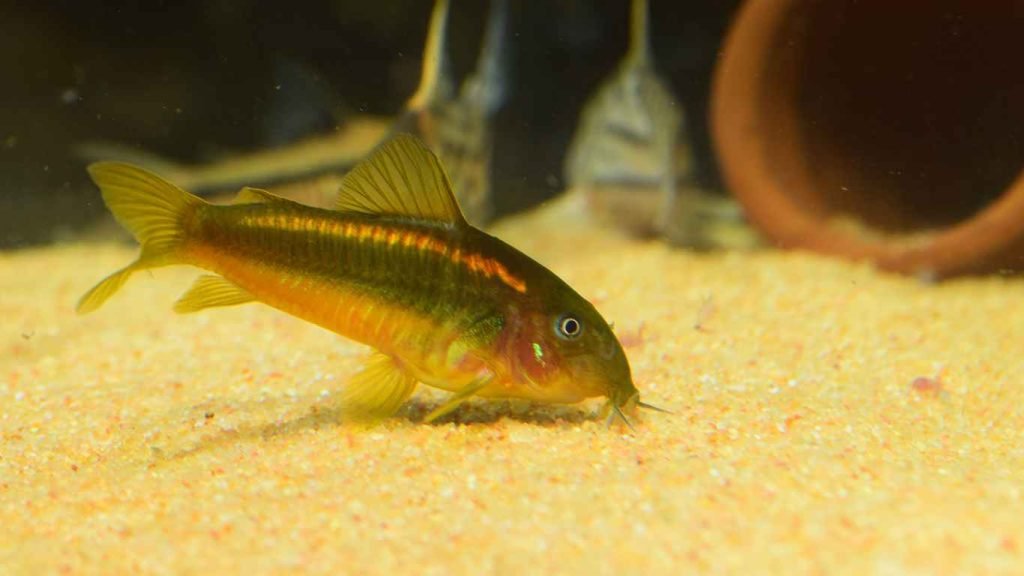
Understanding Corydoras’ Dietary Needs
Corydoras are fascinating bottom-dwelling fish that have specific nutritional needs and unique feeding habits. To provide them with a healthy and balanced diet, it’s essential to understand their dietary preferences.
These scavenger fish are known for their barbels, which are sensory organs that help them locate food on the substrate. Their barbels are especially adapted for detecting small particles of food, making them expert foragers.
Fun Fact: The barbels of Corydoras resemble whiskers, providing them with a cat-like appearance.
As omnivores, Corydoras require a varied diet that consists of both plant-based and animal-based foods. This ensures they receive all the necessary nutrients for optimal health and growth.
Expert Tip: Providing a diverse diet not only meets their nutritional needs but also stimulates their natural feeding behaviors.
H3: Corydoras Feeding Habits
Corydoras have an interesting feeding habit of grazing on the bottom of the aquarium. They sift through the substrate in search of various food sources, including small invertebrates, worms, larvae, and vegetable matter.
These delightful fish are not picky eaters and will consume anything small or soft enough to fit in their mouths. Their scavenger nature allows them to consume food remnants and keep the tank clean.
Fun Fact: Corydoras have been observed “picking and licking” algae and biofilm from tank surfaces, contributing to a clean and healthy environment for other tank inhabitants.
However, it’s important to note that relying solely on leftover food may not provide sufficient nutrition for these fish. Additionally, overfeeding can lead to water quality issues and subsequent health problems.
H3: Corydoras Food Preferences
While Corydoras are not particularly selective when it comes to food, they do have certain preferences that can contribute to their overall well-being. Here are some examples of foods that are often enjoyed by these delightful fish:
- Sinking pellets and wafers specifically formulated for bottom feeders
- Vegetables such as zucchini and lettuce
- Frozen foods like bloodworms and brine shrimp
- Live foods like grindal worms and blackworms
- Algae-based foods
By offering a variety of foods that cater to their preferences, you can keep your Corydoras happy and healthy.
To summarize, understanding the nutritional needs, feeding habits, and food preferences of Corydoras is crucial for providing them with a well-balanced diet. By considering these factors, you can ensure the optimal health and longevity of these wonderful bottom-dwelling fish in your aquarium.
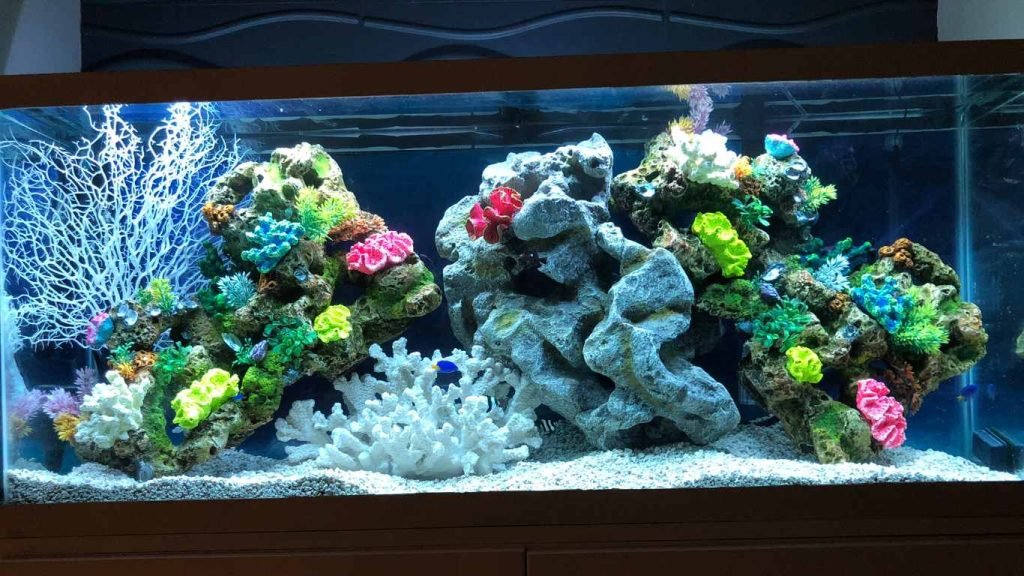
Choosing the Right Tank Size for Corydoras
When it comes to creating a comfortable and healthy environment for your corydoras catfish, choosing the right tank size is crucial. The size of the tank will depend on the species of corydoras you plan to keep. Dwarf species, such as the Pygmy Corydoras, can thrive in a smaller tank, while larger varieties, like the Bronze Corydoras, require more space to swim and thrive.
Judging by their name, you might assume that corydoras catfish are small in size. However, they can grow larger than you might expect. On average, corydoras catfish can reach a size of 2.5 to 3 inches (6 to 7.5 cm) in length. Some larger species, like the Sterbai Corydoras, can grow up to 3.5 inches (9 cm).
So, how big of a tank do corydoras catfish need? While some sources might suggest that corydoras can be kept in small tanks, it is important to prioritize the well-being and happiness of these social fish. To ensure they have enough space to swim and exhibit their natural behaviors, a minimum tank size of 20 gallons is recommended for most corydoras species. Larger tanks, such as a 30 or 40-gallon setup, will provide them with even more room to explore.
It is also important to consider their social nature. Corydoras catfish are shoaling fish that thrive in groups. Keeping them in groups of six or more of the same species will help reduce stress and promote a more natural behavior. So, when establishing their tank, be sure to provide ample swimming space and suitable hiding spots to accommodate the needs of a cohesive group.
A larger tank size not only benefits the well-being of your corydoras catfish but also makes maintenance easier. It provides a more stable environment, minimizing the risk of water quality issues and allowing for more efficient filtration and oxygenation.

40 Gallon Standard Open-Glass Glass Aquarium Tank
To give you a better idea of the recommended tank sizes for different corydoras species, refer to the table below:
| Corydoras Species | Minimum Tank Size |
|---|---|
| Pygmy Corydoras | 10 gallons |
| Panda Corydoras | 20 gallons |
| Bronze Corydoras | 20 gallons |
| Julii Corydoras | 20 gallons |
| Sterbai Corydoras | 30 gallons |
Remember, providing a spacious and suitable habitat for your corydoras catfish is essential for their overall well-being. Choose a tank size that allows them to thrive and create a harmonious environment for these fascinating fish.
Providing the Right Substrate for Corydoras
Corydoras, with their unique barbels, require a suitable substrate in their aquarium to support their feeding habits and overall well-being. A smooth sand or gravel substrate is preferred for these bottom-dwelling fish. The substrate should be free of sharp edges that could potentially erode their sensitive barbels. To create a comfortable and natural environment for your Corydoras, consider the following:
- Choose a smooth sand or fine-grained gravel substrate to mimic their natural habitat.
- Avoid substrates with sharp edges that could harm their delicate barbels.
- Provide a layer of substrate that is deep enough for the Corydoras to burrow and sift through, generally about 1-2 inches.

Moreover to choosing the right substrate, it’s important to consider the feeding habits of Corydoras when planning their diet. These fish primarily feed on small invertebrates, worms, and larvae that are found in the substrate. By providing larger foods like worms and gel food that can sit on top of the substrate, you can cater to their natural feeding behavior. This allows them to easily locate and consume the food without excessive disturbance to the substrate.
Overall, providing a suitable substrate for Corydoras is essential to create a healthy and natural environment in your aquarium. This not only supports their feeding habits but also contributes to their overall well-being and happiness.
A Balanced Diet for Corydoras
When it comes to feeding your corydoras, you’ll be glad to know that they are not picky eaters. These delightful fish will gladly gobble up anything small or soft enough to fit in their mouths. But what should you be feeding them to ensure a balanced diet and optimal health?
Offering a variety of foods is key to meeting the nutritional needs of your corydoras. Here are some options that they will enjoy:
- Worms: Live or frozen worms, such as bloodworms or blackworms, are a great source of protein for your corydoras. These can be an occasional treat to supplement their diet.
- Repashy Gel Food: Repashy gel food, specially formulated for bottom-feeders like corydoras, is an excellent option to ensure they receive a balanced and nutritious meal.
- Sinking Wafers: Sinking wafers are specifically designed to sink to the bottom of the tank, making them easily accessible for your bottom-dwelling fish.
- Sinking Community Foods: There are various sinking pellets and granules available in the market that cater to the dietary needs of corydoras. These foods often contain a mix of proteins and plant matter to provide a well-rounded diet.
It’s important to be proactive in feeding your corydoras and not rely solely on leftovers that may fall to the substrate. By offering them these specific foods, you can ensure that they are receiving the necessary nutrients for their overall health and well-being.
Pro Tip
Remember to observe your corydoras closely during feeding to ensure that they are eating and not being outcompeted for food by other tank inhabitants. Consider feeding your corydoras first to ensure they receive their share of food.
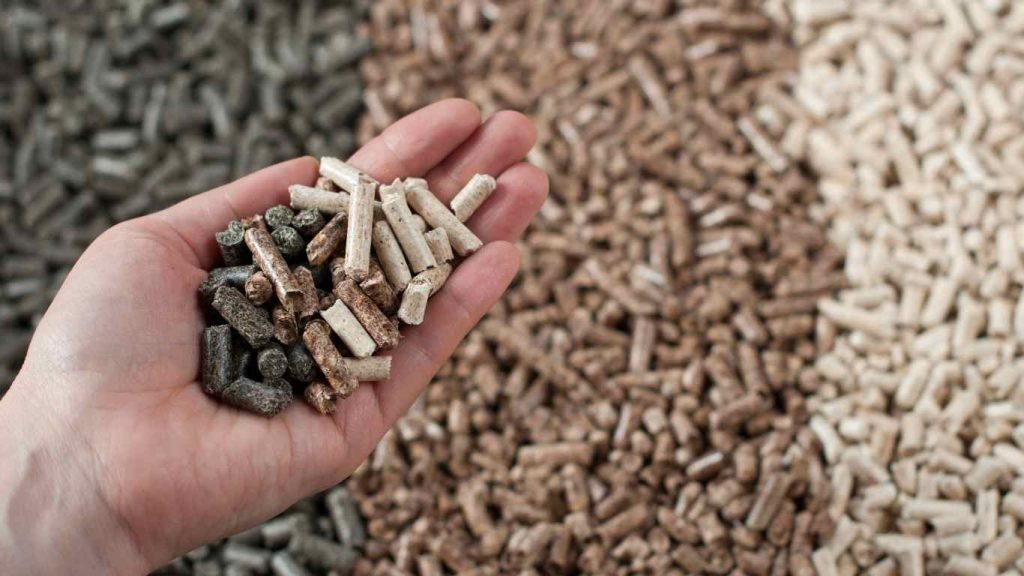
By providing a balanced diet, you’ll be rewarded with healthy and active corydoras that will bring joy to your aquarium for years to come.
The Benefits of a Balanced Diet for Corydoras
| Benefits | Description |
|---|---|
| Improved Growth | A balanced diet supports healthy growth and development in corydoras, allowing them to reach their full potential size. |
| Enhanced Coloration | Proper nutrition helps enhance the vibrant colors of your corydoras, showcasing their natural beauty. |
| Strong Immune System | A well-balanced diet boosts the immune system of your corydoras, making them more resistant to diseases and infections. |
| Increased Breeding Potential | By providing the right nutrients, you can increase the chances of successful breeding and egg production in corydoras. |
Breeding Corydoras in the Aquarium
Breeding corydoras in your aquarium can be a rewarding and fascinating experience. These fish are known for their ease of breeding, and with the right conditions, you can successfully raise a new generation of corydoras in your tank.
To breed corydoras, it is important to first condition them for breeding by providing them with nutritious foods. Foods like blackworms and bloodworms are rich in proteins and will help prepare the fish for the breeding process.
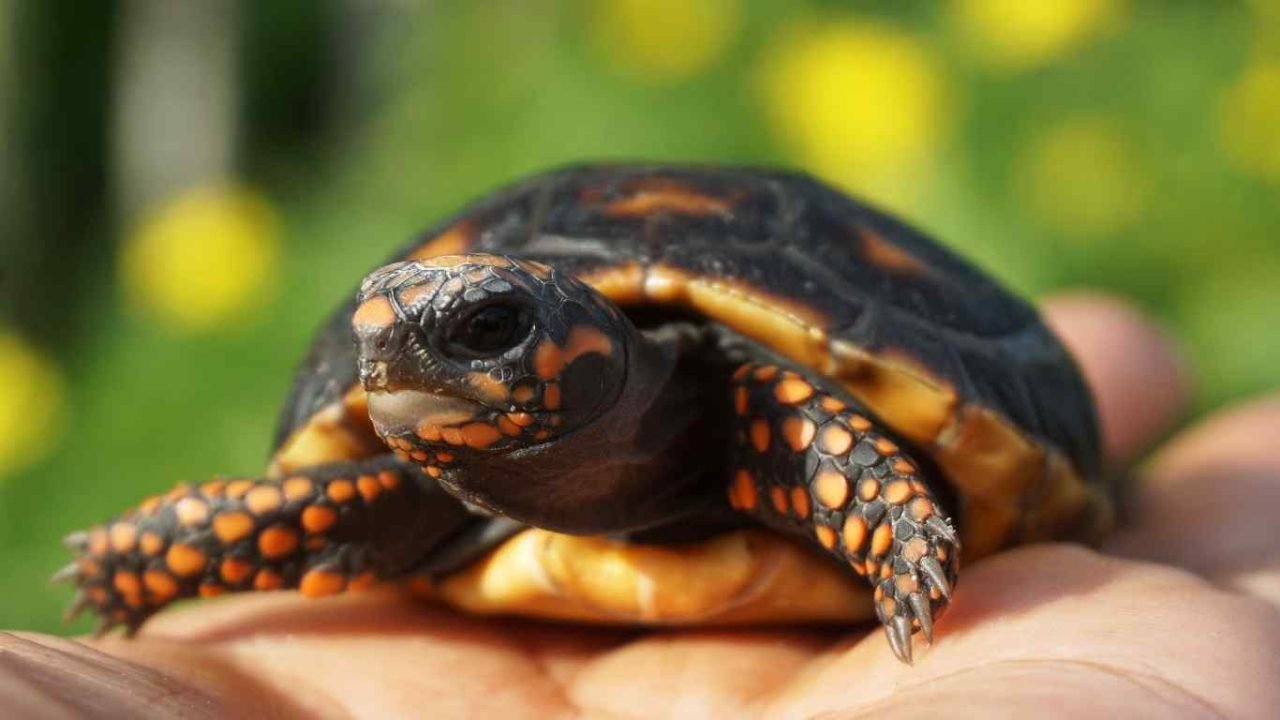
Join Our GeoZoo Family
Subscribe to our Newsletter
One way to induce spawning is by introducing slightly cooler water during water changes. Corydoras are known to respond to temperature changes, and this can trigger their breeding instincts.
Creating a suitable environment is crucial for the breeding process. Providing plenty of hiding places and cover, such as caves or plants, will give the corydoras a safe space to lay their eggs. Removing other fish from the tank during breeding can increase the survival rate of the fry.
Feeding habits also play a role in successful breeding. The adult corydoras will actively hunt for food, so it is important to provide them with a variety of small foods like blackworms and bloodworms to ensure they are well-nourished.
Once the eggs have been laid, they will usually hatch within a few days. At this stage, it is important to provide suitable food for the fry. Infusoria, baby brine shrimp, and powdered fry food are all excellent choices to ensure their growth and development.
Throughout the breeding process, regular water changes and proper care are essential to support the health and well-being of the corydoras and their fry. With the right conditions and attention to detail, you can enjoy the fascinating journey of breeding corydoras in your own aquarium.
Foods Suitable for Corydoras
Corydoras catfish have a diverse diet and can be fed a variety of foods that meet their nutritional needs. Providing a balanced diet is crucial for their overall health and well-being. Here are some of the best food options for feeding your corydoras:
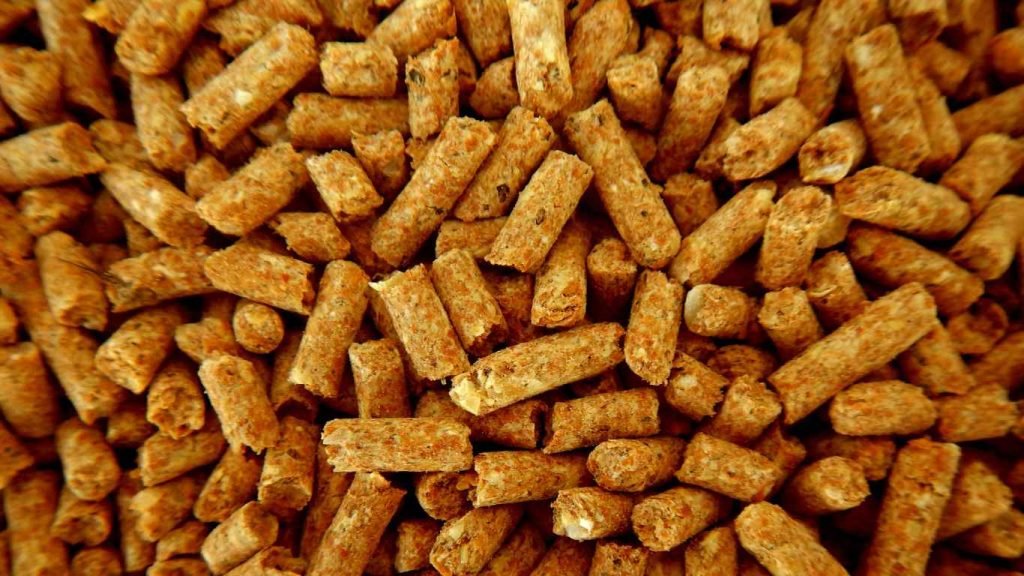
Sinking Pellets and Wafers
Sinking pellets and wafers are specifically formulated for bottom-dwelling fish like corydoras. These sinking foods are easy for them to find and consume. Look for high-quality pellets and wafers that contain essential nutrients, proteins, and vitamins.
Vegetables
Include vegetables in your corydoras’ diet to provide them with important fiber and additional nutrients. Zucchini and lettuce are excellent choices that can be blanched or sliced into small pieces for easy consumption.
Frozen Foods
Feed your corydoras frozen foods like bloodworms and brine shrimp. These frozen options are rich in protein and replicate their natural diet. Thaw the frozen food before offering it to your fish.
Live Foods
Corydoras catfish enjoy live foods as part of their diet. Grindal worms and blackworms are nutritious live options that can be fed occasionally. These live foods provide enrichment and stimulation for your fish.
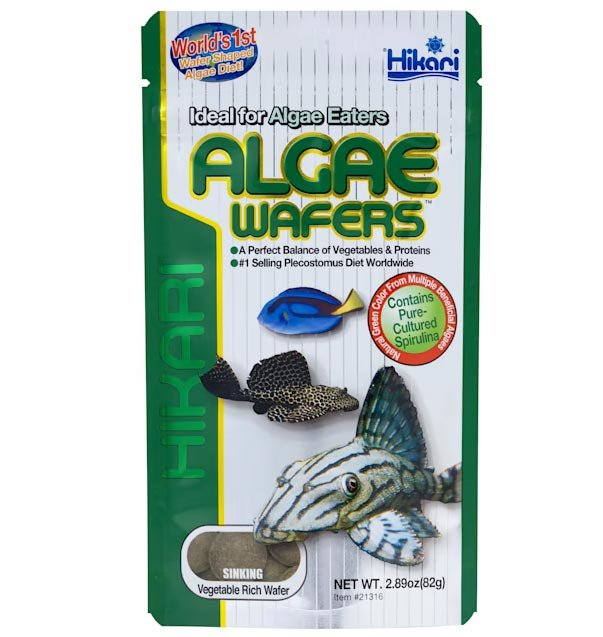
Tropical Algae Wafers for Corydoras
Algae-Based Foods
Algae-based foods are a great addition to your corydoras’ diet. They contain essential nutrients and help simulate their natural feeding behavior. Look for algae pellets or wafers to offer as part of their regular feeding routine.
Remember to provide a diverse diet and rotate their food options to ensure they receive a wide range of nutrients. Observing their feeding habits and preferences will also help you make informed decisions about their diet.
| Food Type | Description |
|---|---|
| Sinking Pellets and Wafers | Specifically formulated for bottom feeders like corydoras, sinking pellets and wafers provide essential nutrients. |
| Vegetables | Zucchini and lettuce are fiber-rich options that add variety to the corydoras’ diet. |
| Frozen Foods | Bloodworms and brine shrimp are nutritious frozen options that replicate their natural diet. |
| Live Foods | Grindal worms and blackworms provide enrichment and stimulation for corydoras. |
| Algae-Based Foods | Algae pellets or wafers offer essential nutrients and simulate natural feeding behavior. |
Popular Corydoras Species and Their Diet
There are several popular species of corydoras, each with its own dietary preferences and requirements. Let’s take a closer look at some of these species and their diets:
1. Peppered Cory Catfish
The Peppered Cory Catfish (Corydoras paleatus) is a commonly kept species known for its beautiful pepper-like markings. In terms of diet, they are omnivorous and enjoy a combination of small insects, crustaceans, and plant matter.

2. Julii Cory Catfish

The Julii Cory Catfish (Corydoras julii) is another popular species in the hobby. They have striking patterns and are also omnivorous. Their diet consists of small insects, crustaceans, and plant matter.
3. Bronze Cory
The Bronze Cory (Corydoras aeneus) is a hardy and adaptable species. They are known for their bronze coloration and are omnivores. Their diet includes small insects, crustaceans, and plant matter.

4. Albino Cory

The Albino Cory (Corydoras aeneus) is a variation of the Bronze Cory and shares similar dietary preferences. They have a striking albino coloration and need a balanced diet that includes small insects, crustaceans, and plant matter.
5. Panda Cory
The Panda Cory (Corydoras panda) is a small and peaceful species. They have a black and white coloration, resembling a panda. Their diet mainly consists of small insects, crustaceans, and plant matter.
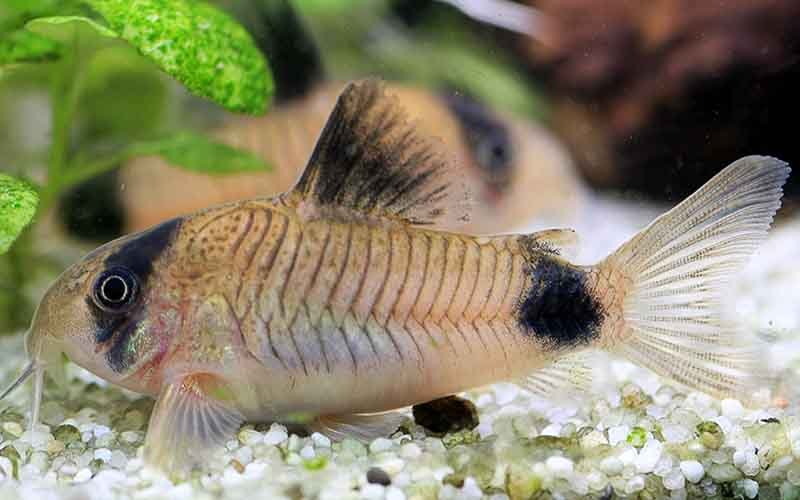
6. Pygmy Cory
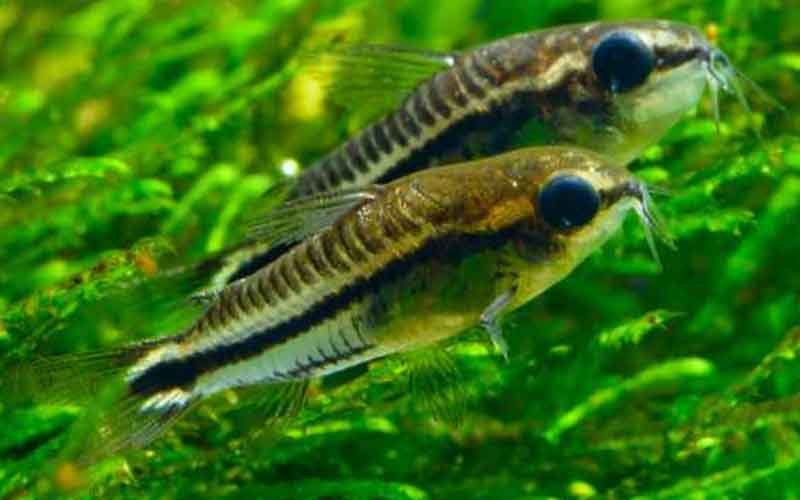
The Pygmy Cory (Corydoras pygmaeus) is the smallest species in the Corydoras family. They have a silver coloration with black spots. Their diet primarily includes small insects, crustaceans, and plant matter.
Feeding your corydoras the appropriate diet for their species is essential for their overall health and well-being. It is recommended to offer a varied diet that includes both animal-based and plant-based foods to ensure they receive all the necessary nutrients.
| Species | Diet |
|---|---|
| Peppered Cory Catfish | Small insects, crustaceans, and plant matter |
| Julii Cory Catfish | Small insects, crustaceans, and plant matter |
| Bronze Cory | Small insects, crustaceans, and plant matter |
| Albino Cory | Small insects, crustaceans, and plant matter |
| Panda Cory | Small insects, crustaceans, and plant matter |
| Pygmy Cory | Small insects, crustaceans, and plant matter |

Feeding Recommendations for Corydoras
When it comes to feeding your corydoras catfish, providing them with a high-quality protein source is crucial for their overall health and well-being. These bottom-dwelling fish are omnivorous, and a diverse diet will ensure they receive the necessary nutrients to thrive in your aquarium.
One of the best ways to meet their protein needs is by offering a combination of live and frozen foods. Consider incorporating bloodworms, brine shrimp, and daphnia into their diet. These options are rich in protein and will satisfy their natural carnivorous tendencies. Live and frozen foods also stimulate their hunting instincts and provide enrichment in their environment.
While protein is important, don’t forget about the benefits of plant-based foods. Corydoras can also benefit from consuming fiber and essential vitamins and minerals found in plant matter. By adding vegetables like zucchini and lettuce to their diet, you provide them with a well-rounded meal that supports their overall health.
“A well-balanced diet consisting of protein-rich foods and plant-based options is key to keeping your corydoras catfish healthy and happy in their aquarium.”
To help you plan your corydoras’ meals effectively, here’s a table outlining some suitable food options:
| Food Type | Description |
|---|---|
| Sinking Pellets and Wafers | Specifically formulated for bottom feeders; provides balanced nutrition. |
| Frozen Foods | Bloodworms, brine shrimp, and daphnia; rich in protein and nutrients. |
| Live Foods | Grindal worms, blackworms, and other small live organisms; offers variety and stimulation. |
| Algae-based Foods | Contains essential nutrients and helps mimic their natural diet. |

Remember to feed your corydoras small amounts multiple times a day, as they have small stomachs and are prone to overeating. By removing any uneaten food, you’ll help maintain good water quality and prevent health issues. It’s also a good practice to feed your corydoras first to ensure they have ample time to consume their share of food before other tank mates take it.
By following these feeding recommendations, you’ll provide the best food for your corydoras catfish, supporting their optimal growth, health, and overall well-being.
Tips for Feeding Corydoras
When it comes to feeding your corydoras, it’s important to understand their feeding habits and know what to feed them in order to keep them healthy and happy in your aquarium. Here are some useful tips to consider:
1. Avoid Overfeeding
Corydoras can be prone to obesity if overfed, so it’s crucial to find the right balance. Feed them small amounts of food multiple times a day, rather than one large feeding. This will prevent uneaten food from accumulating in the tank and help maintain good water quality.

2. Remove Uneaten Food
After each feeding, be sure to remove any uneaten food from the tank. Corydoras are bottom-feeders, and excess food sitting on the substrate can lead to water quality issues. Use a siphon or net to remove any uneaten food promptly.
3. Consider the Community
Take into account the other fish species in your aquarium when feeding your corydoras. Some fish are more aggressive and may outcompete the corydoras for food. To ensure they get their fair share, feed the corydoras first before offering food to other fish.
Pro Tip: Adding sinking pellets or wafers specifically formulated for bottom feeders can help ensure that your corydoras get their required nutrition without having to compete with other fish.
4. Provide a Balanced Diet
Corydoras have varied taste preferences and nutritional needs. Offer them a balanced diet that includes a mix of protein-rich foods, such as bloodworms and brine shrimp, as well as plant-based options like algae-based foods or blanched vegetables. Providing a diverse range of food will help keep their diet interesting and well-rounded.
Consider Designing a Table
| Protein Foods | Plant-Based Foods |
|---|---|
| Bloodworms | Algae-based foods |
| Brine shrimp | Blanched vegetables |
| Daphnia | Leafy greens |
With these tips in mind, you can ensure that your corydoras are well-fed and thriving in your aquarium. Remember to consider their feeding habits, avoid overfeeding, provide a balanced diet, and remove any uneaten food. By following these guidelines, you’ll maintain a healthy and vibrant community of corydoras in your tank.

Aqueon Bottom Feeder Tablets
Breeding Corydoras and Feeding the Fry
Breeding corydoras in the same tank requires providing plenty of cover and removing other fish that may eat the eggs. These fish are known for their unique breeding behaviors, and successfully breeding them can be a rewarding experience for aquarium enthusiasts. Optimal breeding conditions include providing a suitable environment with proper hiding places, ensuring water quality, and offering the right diet for the fry.
To encourage successful breeding, create natural hiding places in the aquarium. This can be achieved by using live plants, driftwood, or artificial decorations that mimic their natural habitat. These hiding spots provide the necessary privacy for corydoras to lay their eggs.
Once the eggs are laid, it is crucial to remove other fish from the breeding tank to prevent them from consuming the eggs or fry. Corydoras are peaceful fish and may not aggressively defend their eggs or fry against other tankmates.
After the eggs hatch, the fry emerge and require proper feeding for their growth and development. The fry of corydoras are relatively small and delicate, so it is important to select appropriate food that matches their size. Live baby brine shrimp and powdered fry food are suitable options to provide the necessary nutrients for their early stages.

Feeding the fry should be done in small quantities multiple times a day to prevent overfeeding and maintain good water quality. As they grow, their diet can gradually transition to other small food sources, such as newly hatched micro worms or crushed flakes. It is essential to monitor their growth and adjust their diet accordingly to ensure their healthy development.
Sample Table: Recommended Feeding Schedule for Corydoras Fry
| Age of Fry | Food | Quantity | Frequency |
|---|---|---|---|
| 1-3 weeks | Live baby brine shrimp | A pinch | 2-3 times a day |
| 3-4 weeks | Powdered fry food | A small amount | 2-3 times a day |
| 4-6 weeks | Microworms or crushed flakes | A small amount | 2-3 times a day |
Proper water changes and regular monitoring of water parameters are essential during the breeding process. Maintain a clean and stable aquarium environment to ensure the health and well-being of the fry. Avoid sudden changes in water temperature or water chemistry, as it can negatively impact their growth and survival.
Successfully breeding corydoras in aquariums requires patience, attention to detail, and suitable conditions. By providing the right environment and diet, you can enjoy the fascinating experience of witnessing the life cycle of these amazing fish. Remember to always prioritize the welfare of the fish, providing them with the care and attention they need to thrive.

Join Our GeoZoo Family
Subscribe to our Newsletter
Final Remarks
Providing a balanced diet is crucial for the overall health and well-being of your corydoras in the aquarium. To ensure their optimal growth and vitality, it is essential to consider their nutritional needs, feeding habits, and food preferences when selecting their diet.
When feeding your corydoras, remember to feed them specifically and avoid relying on leftovers that fall to the substrate. These bottom-dwelling fish have unique barbels that help them locate food on the substrate, so it is important to provide them with a smooth sand or gravel substrate to protect their barbels.
Choose high-quality foods that cater to their omnivorous nature, such as sinking pellets and wafers specifically formulated for bottom feeders. Supplement their diet with a variety of options, including vegetables like zucchini and lettuce, frozen foods like bloodworms and brine shrimp, live foods like grindal worms and blackworms, and algae-based foods.
With the right diet and care, your corydoras will thrive and bring joy to your aquarium. By meeting their dietary requirements, you are ensuring their long-term health and creating a vibrant and harmonious environment for your beloved corydoras.
FAQ
What do Corydoras eat?
Corydoras are omnivorous fish that prefer a diet rich in protein. They feed on small invertebrates, worms, larvae, and vegetable matter.
What size tank do Cory catfish need?
The size of the tank for Corydoras depends on the species. Dwarf species can be kept in a 10-gallon tank, while most other varieties require a tank of 20 gallons or larger.
Do Cory catfish need sand substrate?
Corydoras have barbels that help them find food, so a smooth sand or gravel substrate is preferred. It is important to avoid sharp substrates that can erode their barbels.
What to feed Corydoras?
Corydoras can be fed a variety of foods that are suitable for their diet. These include sinking pellets and wafers specifically formulated for bottom feeders, vegetables like zucchini and lettuce, frozen foods like bloodworms and brine shrimp, live foods like grindal worms and blackworms, and algae-based foods.
Can you breed Cory catfish in aquariums?
Yes, Corydoras are easy to breed in the aquarium. Feed them nutritious foods like blackworms and bloodworms to condition them for breeding. Spawning can be induced by introducing slightly cooler water during water changes. Provide plenty of cover and remove other fish to increase the survival rate of the fry.
What is the best food for Corydoras?
When feeding corydoras, it is important to provide them with a high-quality protein source. This can be achieved through a combination of live and frozen foods, such as bloodworms, brine shrimp, and daphnia. It is also important to offer plant-based foods for fiber and essential vitamins and minerals.
What are the popular Corydoras species and their diet?
There are several popular species of corydoras, including peppered cory catfish, julii cory catfish, bronze cory, albino cory, panda cory, and pygmy cory. Each species has its own dietary preferences and requirements, but they generally feed on a combination of small insects, crustaceans, and plant matter.
What are the feeding recommendations for Corydoras?
When feeding corydoras, avoid overfeeding them as they are prone to obesity. Feed them small amounts several times a day and remove any uneaten food to maintain good water quality. Consider the community of fish in the aquarium and feed the corydoras first to ensure they get their share of food.
What are the tips for feeding Corydoras?
Providing a balanced diet for corydoras is essential for their overall health and well-being in the aquarium. Take into account their nutritional needs, feeding habits, and food preferences when selecting their diet. Remember to feed them specifically and avoid relying on leftovers that fall to the substrate.
How do you breed Corydoras and feed the fry?
Breeding corydoras in the same tank requires providing plenty of cover and removing other fish that may eat the eggs. Feed the fry with live baby brine shrimp and powdered fry food for their growth and development. Ensure proper water changes and care to support a successful breeding process.

